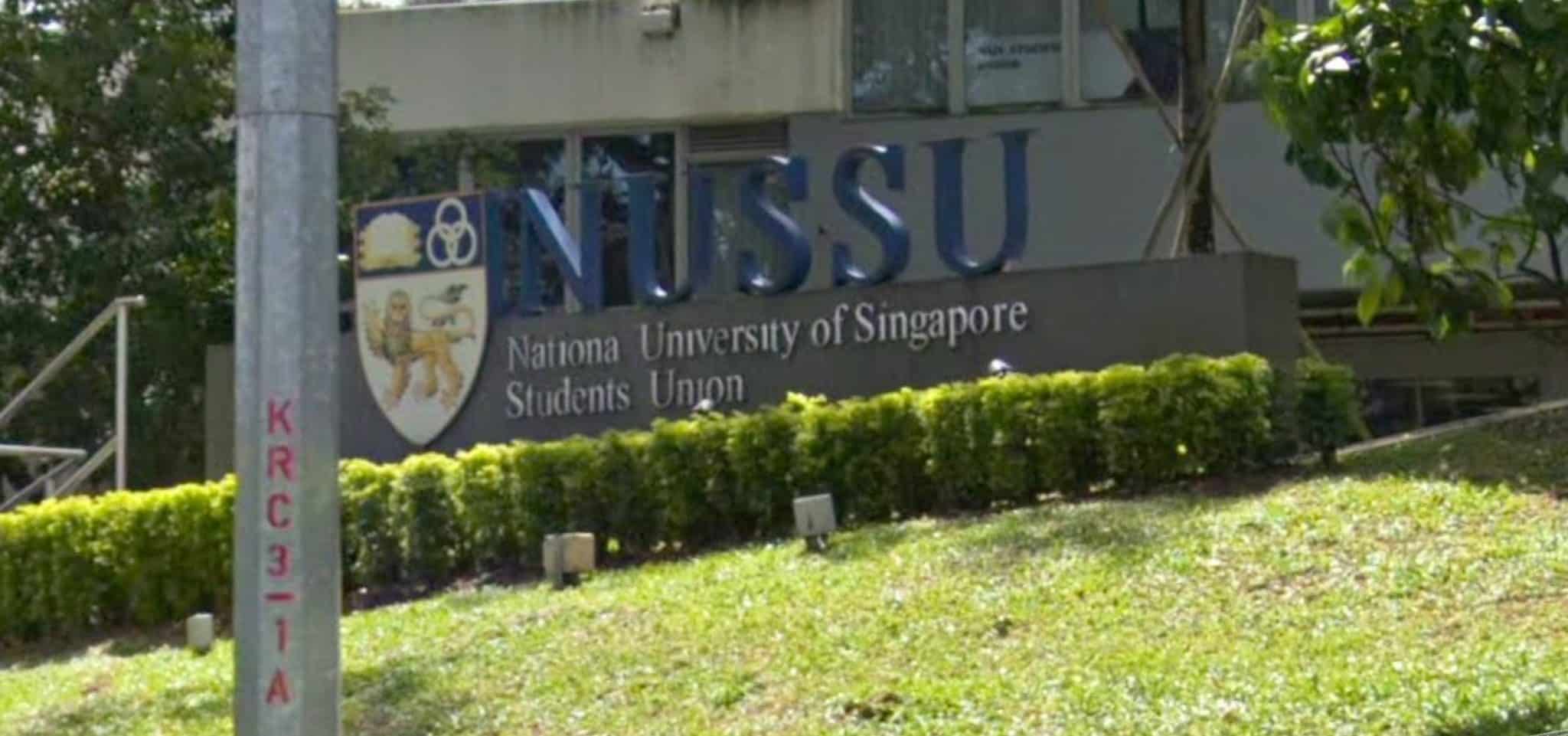The Immigration and Checkpoints Authority (ICA) is in its early stages of a six-month trial for contactless immigration clearance at Changi Airport Terminal 4 (T4)’s arrival hall for eligible Singaporeans.
The trial, which began on 25 Nov, requires the verification of travellers’ iris and facial images for immigration clearance, said ICA on its Facebook page on Wed (4 Nov).
The facial recognition verification can be done without the need for travellers to either present their passports or have their thumbprints scanned, ICA added.
Head of ICA’s New Clearance Concept office Superintendent Tan Kah Wee told The Straits Times that the two contactless systems are “more efficient” than the passport-and-thumbprint system.
The new contactless systems will also solve problems associated with the usual fingerprint verification due to ageing, dryness or scarring.
“The results of the trial will help ICA assess the feasibility of extending this initiative to other checkpoints, in line with our goal of implementing 100% contactless clearance for all eligible travellers from 2022,” ICA added.
ICA, in a joint effort with the Home Team Science and Technology Agency (HTX), has incorporated a dynamic graphical user interface (GUI) in the facial recognition verification system to enhance the intuitiveness of the overall experience more intuitive, and to make it user-friendly for travellers.
Two types of contactless immigration clearance flows used in trial to compare “feasibility, efficiency and accuracy in clearing travellers”
ICA added that it will be testing two types of contactless clearance flows for comparison purposes in terms of “their feasibility, efficiency and accuracy in clearing travellers”.
The first system will require the traveller to walk through a set of gates or “flappers” in the lane to have their iris and face scanned.
An “on-the-move” facial recognition system will confirm the traveller’s identity for the second time after they pass through and the first set of flapper closes.
The traveller’s identity will be confirmed again before they reach the second set of flappers. The second set of flappers will then open without the traveller having to stop.
This system will enable the second next traveller in the queue to begin the iris and facial scanning process at the first flapper while the first traveller approaches the second set of flappers.
The second system, which will come online in T4 early next year, is the same as the one used in the Tuas Checkpoint trial which began on 8 Apr this year.
The difference between the second system and the first is that in the second system, the scanning does not take place at the first flapper. Instead, it is only done at the second flapper. However, the first flapper will similarly close after a traveller enters the lane.
After the traveller’s identity is successfully verified at the second flapper, the second flapper will open to allow the traveller to pass through. The process will then begin for the next traveller.
Currently, the trial is open only to Singapore citizens aged six and above holding passport numbers beginning with the letter “K”, and whose passports were issued after 1 Jan last year.
Travellers keen on participating in the trial are reminded not to wear eyewear or headgear that will obstruct their faces from being recognised by the scanners.








